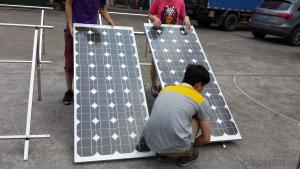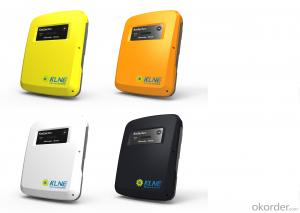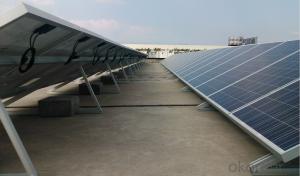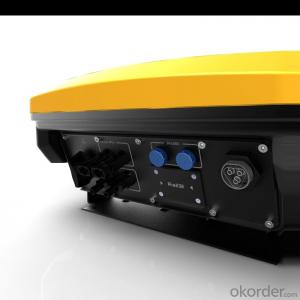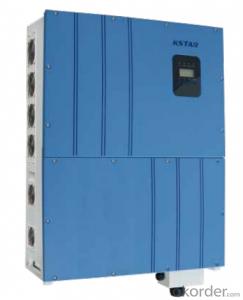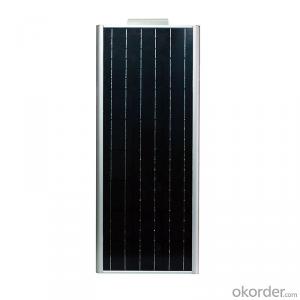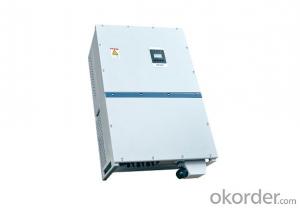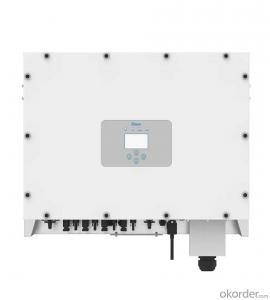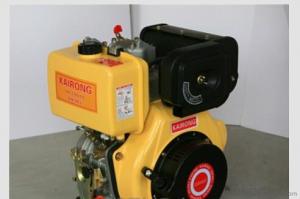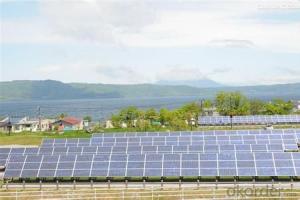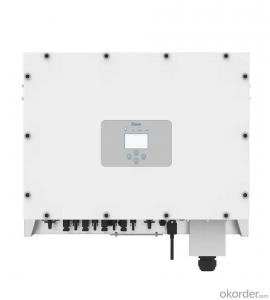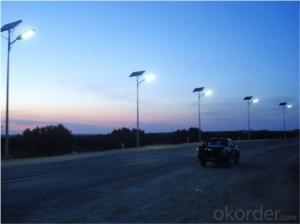Solar Inverter 50kw
Solar Inverter 50kw Related Searches
50kw Solar Inverter 50 Kw Solar Inverter 50 Amp Solar Inverter 50 Kw Hybrid Solar Inverter 50kw Solar Inverter Price 50 Kva Solar Inverter Price Solar Inverter 500kw 50kw Off Grid Solar Inverter 500kw Solar Inverter 40kw Solar Inverter Solar Inverter 500w 500 Kw Solar Inverter 500 Watt Solar Inverter Solar Inverter 500 Watt Solar Power Inverter 500w Solar 500 Watt Power Inverter 40 Kw Solar Inverter 500 Watt Solar Power Inverter 500w Solar Inverter 100kw Solar Inverter 500w Solar Power Inverter 500 Watt Inverter Solar 45kw Solar Inverter 60 Kw Solar Inverter 100 Kw Solar Inverter Solar Inverter 5000w Solar 5kw Inverter Abb 50 Kw Solar Inverter Price 35kw Solar Inverter Solar Power Inverter 5000wSolar Inverter 50kw Supplier & Manufacturer from China
Solar Inverter 50kw is a high-performance product designed to convert solar energy into usable electrical power for various applications. This product is engineered to handle a power capacity of 50 kilowatts, making it suitable for both residential and commercial solar power systems. The Solar Inverter 50kw is particularly effective in scenarios where a significant amount of solar energy needs to be converted into electricity, such as large-scale solar farms or industrial facilities with high energy demands.The Solar Inverter 50kw is widely used in various settings, from powering homes and businesses to supporting grid-connected systems. Its robust design and high efficiency make it a reliable choice for harnessing solar energy and reducing reliance on traditional energy sources. This product is also beneficial in off-grid applications, where it can provide a stable power supply to remote locations without access to the main power grid.
Okorder.com is a leading wholesale supplier of Solar Inverter 50kw, offering a vast inventory to cater to the needs of customers worldwide. With a commitment to quality and customer satisfaction, Okorder.com ensures that each Solar Inverter 50kw is thoroughly tested and meets the highest industry standards before being shipped to clients. This online platform provides an accessible and convenient way for businesses and individuals to purchase high-quality solar inverters at competitive prices.
Hot Products


